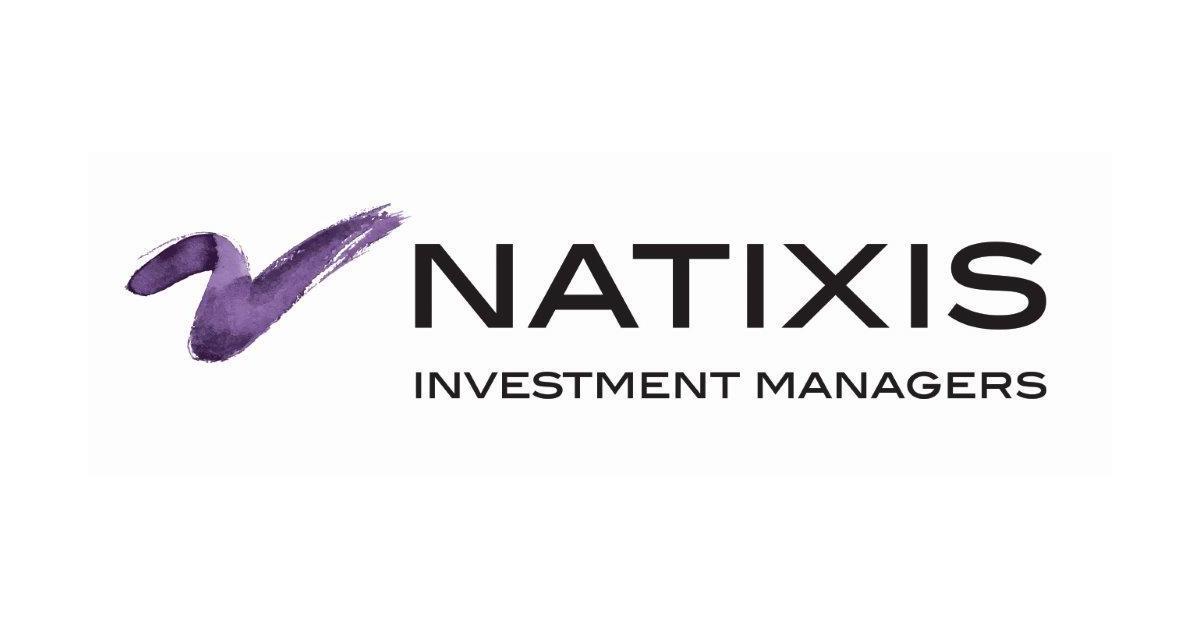









As we enter 2025, the landscape of private markets and equities is poised for significant transformations, driven by a seismic economic shift rather than a mere business cycle. According to BlackRock's Investment Institute (BII), the global economy is experiencing profound changes, with five 'mega forces' reshaping financial landscapes [8afd87d6]. Institutional asset managers are expressing optimism for the year ahead, fueled by potential mergers and acquisitions (M&A) activity and falling interest rates. Sean Duffin from Cambridge Associates has raised concerns about global economic uncertainty, particularly under President-elect Donald Trump's policies, which could impact market dynamics [7e830859].
Experts Spyros Ierides and George Charalambous from Cyprus predict a favorable investment landscape for 2025, expecting a 10% rise in the US S&P 500 by year-end as central banks achieve inflation control. Charalambous emphasizes the normalization in economic development, employment, profits, and interest rates, which could lead to increased global productivity through advancements in artificial intelligence [794f21b4].
Following the U.S. elections, asset managers are optimistic about risk assets, anticipating further market revaluation in the U.S. BlackRock highlights the importance of AI and geopolitical fragmentation, maintaining an overweight position in U.S. equities. Fidelity International notes macroeconomic divergences and favorable conditions in Japan, while Schroders stresses the significance of diversification and private markets [eae341e4].
In its seventh annual Global Alternatives Outlook released on January 27, 2025, J.P. Morgan Asset Management analyzed various asset classes including private equity, private credit, real estate, infrastructure, transport, hedge funds, and secondaries. The firm, which manages over $400 billion in alternative assets, emphasized potential returns in private markets due to the U.S. economy's mid-to-late cycle stage. Key themes from the report include growth in U.S. real estate, infrastructure benefiting from global trade changes, and private equity opportunities driven by U.S. tax reform. Hedge funds are expected to capitalize on market volatility, while secondaries provide efficient access to private markets [27c7019a][7ef39b20].
In 2024, U.S. equities surged over 20%, primarily driven by advancements in big tech and artificial intelligence, despite traditional recession indicators failing to materialize [8afd87d6]. Recent analyses indicate that private markets are expected to boom in wealth management, reflecting a growing appetite for alternative investments. The S&P 500 has shown impressive performance, rising 28.5% year-to-date as of November 2024, with Aubrey Capital's Global Conviction Fund gaining an astounding 49.2% during the same period [b3c0fbf5].
Investment professionals from Natixis Investment Managers predict increased volatility and opportunities in 2025, with the U.S. economic backdrop shifting due to easing inflation and a cooling labor market. Commercial real estate is entering 2025 at an attractive entry point, with average property yields at their highest since 2014 [fc688e3c]. The current price-to-earnings (P/E) ratio for the S&P 500 stands at 22.7x, representing a 23% premium over its historical average, suggesting a robust market, although concerns about sustainability persist [b3c0fbf5].
In India, the growth of Category III Alternative Investment Funds (AIFs) has been remarkable, increasing by 79% year-on-year, reflecting a burgeoning interest in private equity and venture capital [b3c0fbf5]. Liquidity is crucial for the health of the M&A market, as noted by Raphi Schorr of HighVista Strategies. The Securities and Exchange Board of India (SEBI) has limited weekly index options starting November 2024, a move aimed at stabilizing market volatility [b3c0fbf5]. Meanwhile, Prime Minister Narendra Modi's confirmation for a third term following the June 2024 elections has provided a degree of political stability, which could further bolster investor confidence [b3c0fbf5].
Globally, the Organisation for Economic Co-operation and Development (OECD) projects a GDP growth of 3.3% for 2025, while India's GDP growth forecast has been adjusted down to 6.6% for FY25 [b3c0fbf5]. The recent surge in gold and silver prices, which have increased by approximately 30% over the past year, also indicates a shift in investor sentiment towards safer assets amid economic uncertainty [b3c0fbf5].
The Reserve Bank of India (RBI) has taken steps to improve liquidity by cutting the Cash Reserve Ratio (CRR), expected to enhance the flow of credit in the economy [b3c0fbf5]. In the realm of private credit, projections suggest that it will outperform private equity in 2025, with a notable 52% increase in AI adoption within the sector. However, rising competition in private credit deals is anticipated, which may affect pricing and availability [b3c0fbf5].
Raghav Khanna from Oaktree Capital Management expects improved fundraising in private credit, while Tyler Adkerson from WTW notes that private equity may struggle due to overinvestment in 2021. IPO activity may increase in late 2025 if economic conditions remain strong [7e830859]. Donald Hall from Nuveen sees promise in certain real estate sectors, and Justin Ourso from Nuveen anticipates continued investment in clean energy. However, risks such as a potential economic slowdown and opacity in private credit markets remain concerns for investors [7e830859].
Adding to this outlook, IG Wealth Management has forecasted a positive earnings outlook for equities in 2025, albeit with a selective investment approach. Chief Investment Strategist Philip Petursson notes that inflation is expected to stabilize around 3%, and mid-single digit returns are anticipated in the fixed income market, creating attractive investment opportunities [21e261d2]. The firm manages approximately $136.6 billion in assets as of October 31, 2024, and expects that the post-2024 U.S. presidential election may introduce market volatility due to potential policy shifts in trade, taxation, and regulations [21e261d2].
In a notable development, AMP's head of portfolio management, Stuart Eliot, has expressed confidence in U.S. equities, predicting they will continue to perform strongly in 2025 following a successful 2024 with over 15% returns for its largest Lifestage cohorts. AMP has maintained an overweight position in U.S. shares for over a year, expecting support from the new U.S. administration and advancements in AI. Eliot anticipates that U.S. shares will lead global markets due to significant investment in AI [9cc44854].
AMP's chief investment officer, Anna Shelley, attributes the firm's success to strategic allocation, which includes shifting from overweight emerging markets to underweight Australia while maintaining a positive outlook on Australian government bonds. The firm has also made its first bitcoin allocation, representing 0.05% of total superannuation assets, reflecting a growing interest in alternative investments [9cc44854].
According to a recent analysis by AllianceBernstein, active investors are poised to benefit from looming policy changes and a shifting macro landscape. While bond yields remain healthy, there is potential for earnings to broaden beyond a few dominant U.S. stocks. The Federal Reserve is expected to cut policy rates in 2025, which could further enhance investment opportunities in bonds as the U.S. yield curve normalizes [b52cd803].
Municipal bonds are highlighted as offering a compelling starting point for investors, while S&P 500 earnings are projected to grow, albeit with ongoing concentration in mega-cap stocks. There are also opportunities in growth stocks beyond the popular sectors, and infrastructure investment is deemed necessary for sustained growth. Dividend payers are viewed as having significant income-growth potential [b52cd803].
Overall, the outlook for private markets and equities in 2025 appears promising, with a blend of growth opportunities and challenges that investors will need to navigate carefully. BlackRock emphasizes the need to rethink investment principles, favoring U.S. equities, Japanese equities, and certain fixed income instruments, while also identifying opportunities in infrastructure equity and emerging markets like India and Saudi Arabia [8afd87d6]. Despite uncertainties, U.S. stocks are expected to rise while bonds remain stable, and there are anticipated value investing opportunities in low P/E stocks across various industries [fc688e3c].